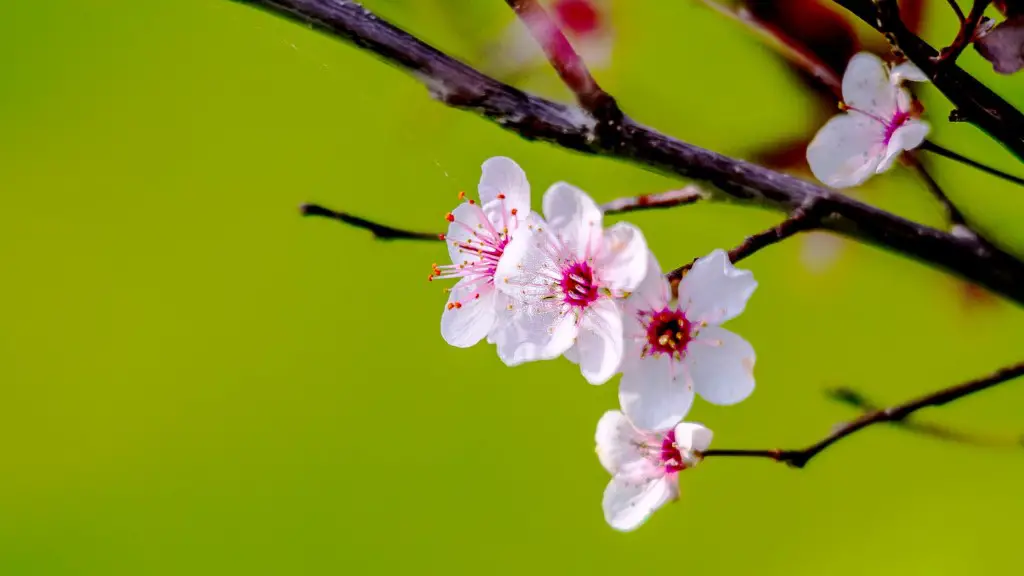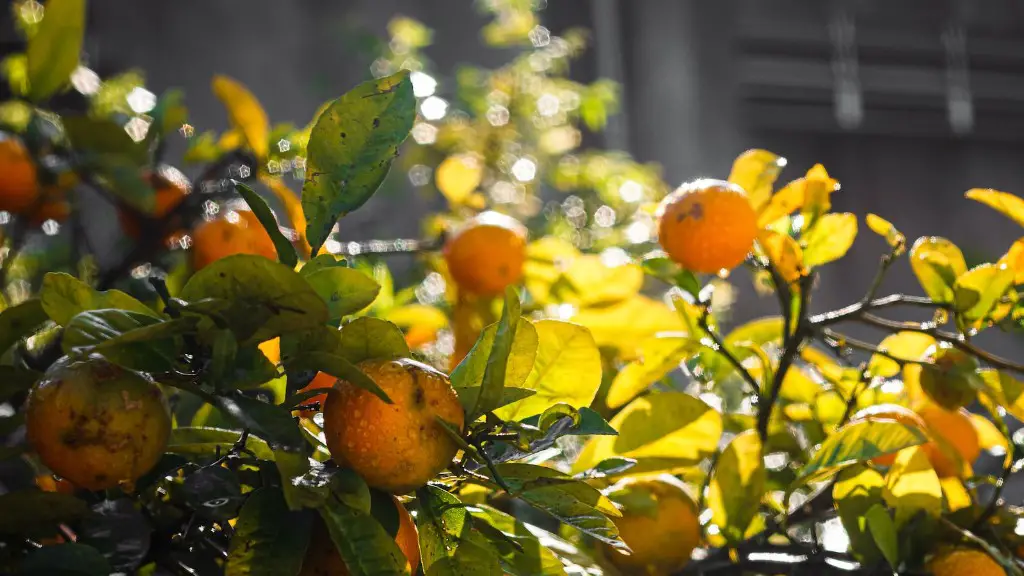Basic Steps
Transplanting a weeping cherry tree is not the most difficult task in the world, but it will require some planning and preparation. The first step is selecting the right tree. Choose one that has healthy, green leaves and no visible signs of disease. If the tree looks healthy, it will likely be easy to transplant. If the tree has a lot of dead leaves and wilting branches, it may not survive the transplant.
Once you have your tree, you will need to carefully dig it up. Try to remove as many of the roots as possible. The more roots you can retain, the better chance of success your transplant will have. The best way to do this is to use a spade or shovel to gently scoop the soil around the tree. If the tree is a mature specimen, you will likely need to use a shovel. Once the tree is removed from the soil, you can start the transplanting process.
It is important to get the tree into the new soil as quickly as possible. Before placing it into the soil, be sure to loosen the roots a bit. You can do this by gently pulling and unraveling them. This will help the roots take better hold of the new soil. It is important to water the tree before and after the transplant. Watering will help the tree take root and settle into the new location.
Be sure to use a good quality compost or soil mix when creating the new bed. Compost will provide the nutrients the tree needs to survive the transplant. Be sure to dig a hole twice the size of the root ball. This will allow plenty of space for the tree to spread out its roots. Backfill the sides of the hole with soil or compost. Do not compact the soil or it will not be able to provide enough oxygen for the roots to take in the water.
Once the tree is in the hole, take care to give it enough water. If the soil starts to dry out, water it deeply. Be sure to check the tree every few weeks, to ensure it is getting enough water. If the tree is too dry, it may not survive the transplant. Check to make sure the leaf color is green and vibrant. This is a sign that the tree is doing well.
Once the tree is established, it is important to watch the soil level. Keep it at the same level as it was before the transplant. If the soil is too high, it will smother the roots and your tree may not make it past its first season in the ground. You should also keep an eye out for signs of disease or pests. If you spot any, contact a certified arborist as soon as possible.
Protection from Frost
Weeping cherry trees can be particularly susceptible to cold weather. If the area you are transplanting to has a cold winter, you will need to take extra steps to protect your tree. One way to protect it from frost damage is to cover the roots and the trunk with a tarp or blanket. This will help keep the cold air away from the roots and give them extra protection against frost damage.
A layer of mulch is also very beneficial in keeping the soil warm. Mulch will help insulate the ground and keep the temperature around the tree more consistent. Be sure to use an organic mulch, such as wood chips or shredded leaves. This will provide essential nutrients to the tree as well as insulation.
It is important to monitor the moisture levels of the soil during the winter months. The soil should not get too dry, as this can cause damage to the roots. If the soil does dry out, water it deeply and be sure to check it regularly.
Once the winter months have passed, and spring arrives, it is important to give the tree plenty of water and sunlight. Sunlight and water will be very beneficial in helping the tree to recover from the stress of the transplant. Be sure to keep an eye on the tree during the first few weeks and months after the transplant to make sure it is doing well.
Fertilization
Fertilizing a weeping cherry tree is an important step in its care and maintenance. If the tree does not receive the proper nutrients, it will not reach its full potential. Fertilizer should be applied in the spring and early summer. You can use slow-release fertilizer pellets or a liquid fertilizer. Be sure to follow the recommendations on the fertilizer package for the best results.
Weeping cherry trees need to be fertilized every few weeks during the spring and summer. You can use a slow-release fertilizer or a liquid fertilizer. Both types of fertilizer will give the tree the nutrients it needs to grow and flourish. Be sure to water the tree after applying fertilizer. This will help the fertilizer to move into the soil, where it is most effective.
It is important to stop fertilizing the tree in the late summer and autumn. The tree will not need additional nutrients during this time, as it is preparing to enter its dormant period. If the tree receives too much fertilizer during this time, it can cause damage.
Pruning
Pruning a weeping cherry tree is an important part of its care and maintenance. Pruning will help keep the vines and branches from becoming overcrowded and tangled. It will also allow light to reach the center of the tree and promote air circulation. Pruning should be done on a regular basis, preferably once a year or two.
You will want to prune away any dead or diseased branches. You can also prune away any damaged or broken branches. You can also prune away any branches that rub against each other or cross over. Pruning will help keep the tree neat and tidy.
When pruning, be sure to use sharp, clean pruners. Be sure to cut the branches at a 45-degree angle away from the trunk. When pruning, be sure to leave some of the woody branches intact. These will help to provide support and stability to the tree.
You should also prune back the vines. This will help keep them under control and less likely to become a tangled mess. Pruning the vines may also make them more attractive. Pruning will also help keep the branches from becoming too thick, which can block sunlight from reaching other parts of the tree.
Pest Control
Weeping cherry trees can be susceptible to pests and diseases. It is important to regularly inspect the tree and look for any signs of an infestation. Common pests include aphids, mites, caterpillars, and scale. If you spot any of these pests, be sure to treat the tree immediately.
You can treat the tree with an insecticidal soap or spray. Be sure to follow the instructions on the product carefully. Be sure to apply the spray in the evening when the tree is not in direct sunlight. This will help the product adhere to the leaves better.
If the infestation is severe, you may need to contact a professional arborist to help you get rid of the pests. An arborist can examine the tree in detail and advise you on the best course of action. They can also help you identify any fungal or bacterial diseases that may be affecting the tree.
It is important to keep an eye out for any signs of disease. If a disease is present, you may need to treat the tree with an appropriate fungicide. If you are unsure about how to treat the tree, it is best to contact a certified arborist. They will be able to diagnose the problem and advise you on the best course of action.
Watering
Watering a weeping cherry tree is important because it needs to be kept consistently moist. If the soil is allowed to dry out, the tree may suffer and even die. The best way to water a weeping cherry tree is to give it a deep watering once or twice a week. This will help ensure that the roots remain moist and will not dry out.
It is important to water the tree deeply, so that water reaches below the top of the soil. You can use a garden hose, a watering can, or a drip irrigation system to water the tree. Make sure the water saturates the entire area around the tree.
In the winter months, it is important to check the soil level and make sure the tree is getting enough water. If it is allowed to dry out, it may suffer from frost damage. If the soil does dry out, it is important to water the tree deeply and check it on a regular basis.
Weeping cherry trees can be a beautiful addition to any landscape. With a little bit of care and some TLC, these trees can live and thrive for many years.



